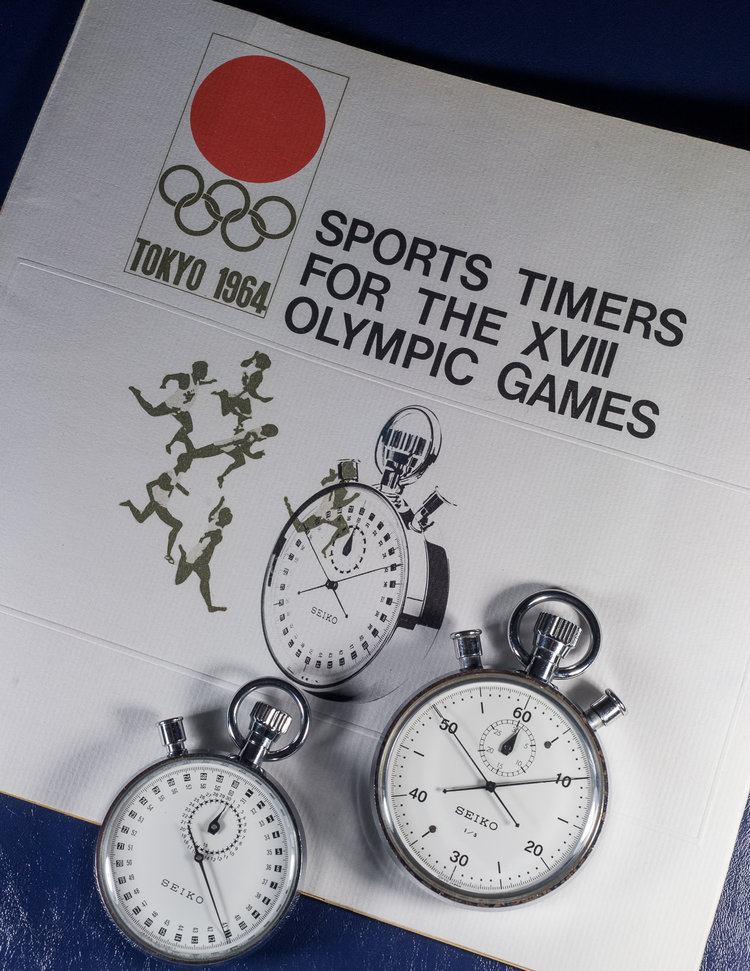 If you’re ever in Tokyo, I strongly recommend making time for a detour to Sumida. Where? A residential area north of Tokyo Skytree – a bit of a backwater, to be honest. Why? For the Seiko Museum. Even if you’re not particularly a Seiko fan, it’s full of horological discoveries. And if you weren’t a Seiko fan before, you probably will be afterwards. Here are just a few of the many reasons why: The name Seiko’s founder, Kintaro Hattori, started his business in 1881; about a decade later, he opened his own factory – naming it Seikosha. The museum guide told me that Seiko is the Japanese word for “precise”. Wadokei – seasonal clocks Until 1872, timekeeping was based on seasonal variations, rather than the “fixed hours system” we are familiar with – where the length of a day is divided into equal portions, or hours. The “seasonal time system” used in Japan until the late 19th century, divided one day into daylight and night, then partitioned each into six parts. As the length of light relative to night changes from season to season, a daytime hour in summer would be longer than a daytime hour in winter. Consequently, clocks had…
If you’re ever in Tokyo, I strongly recommend making time for a detour to Sumida. Where? A residential area north of Tokyo Skytree – a bit of a backwater, to be honest. Why? For the Seiko Museum. Even if you’re not particularly a Seiko fan, it’s full of horological discoveries. And if you weren’t a Seiko fan before, you probably will be afterwards. Here are just a few of the many reasons why: The name Seiko’s founder, Kintaro Hattori, started his business in 1881; about a decade later, he opened his own factory – naming it Seikosha. The museum guide told me that Seiko is the Japanese word for “precise”. Wadokei – seasonal clocks Until 1872, timekeeping was based on seasonal variations, rather than the “fixed hours system” we are familiar with – where the length of a day is divided into equal portions, or hours. The “seasonal time system” used in Japan until the late 19th century, divided one day into daylight and night, then partitioned each into six parts. As the length of light relative to night changes from season to season, a daytime hour in summer would be longer than a daytime hour in winter. Consequently, clocks had…
The post LIST: 7 cool things I discovered at the Seiko Museum appeared first on Time and Tide Watches.
Continue reading ‘LIST: 7 cool things I discovered at the Seiko Museum’